Are you interested in working out, but don’t know how to without creating an inflammatory response? Let us at Crohn’s & Colitis Lifestyle offer our tips on fitness & IBD!
How to Work Out Safely With IBD!

Questions?

Are you interested in working out, but don’t know how to without creating an inflammatory response? Let us at Crohn’s & Colitis Lifestyle offer our tips on fitness & IBD!

Do you crave wine, but haven’t been able to have it due to Crohn’s or Colitis? We are happy to announce that we found the BEST wine out there on the market that not only is paleo, organic, and all-natural, but will not cause gut problems, unlike other alcohol products that can actually cause symptoms, flares, and long-term damage due to the ingredients!

If you have Crohn’s or Colitis it can be a challenge to find supplements that work and you tolerate! This new series will offer you tips on the top three supplements that helped each client, to see their secrets and success stories!
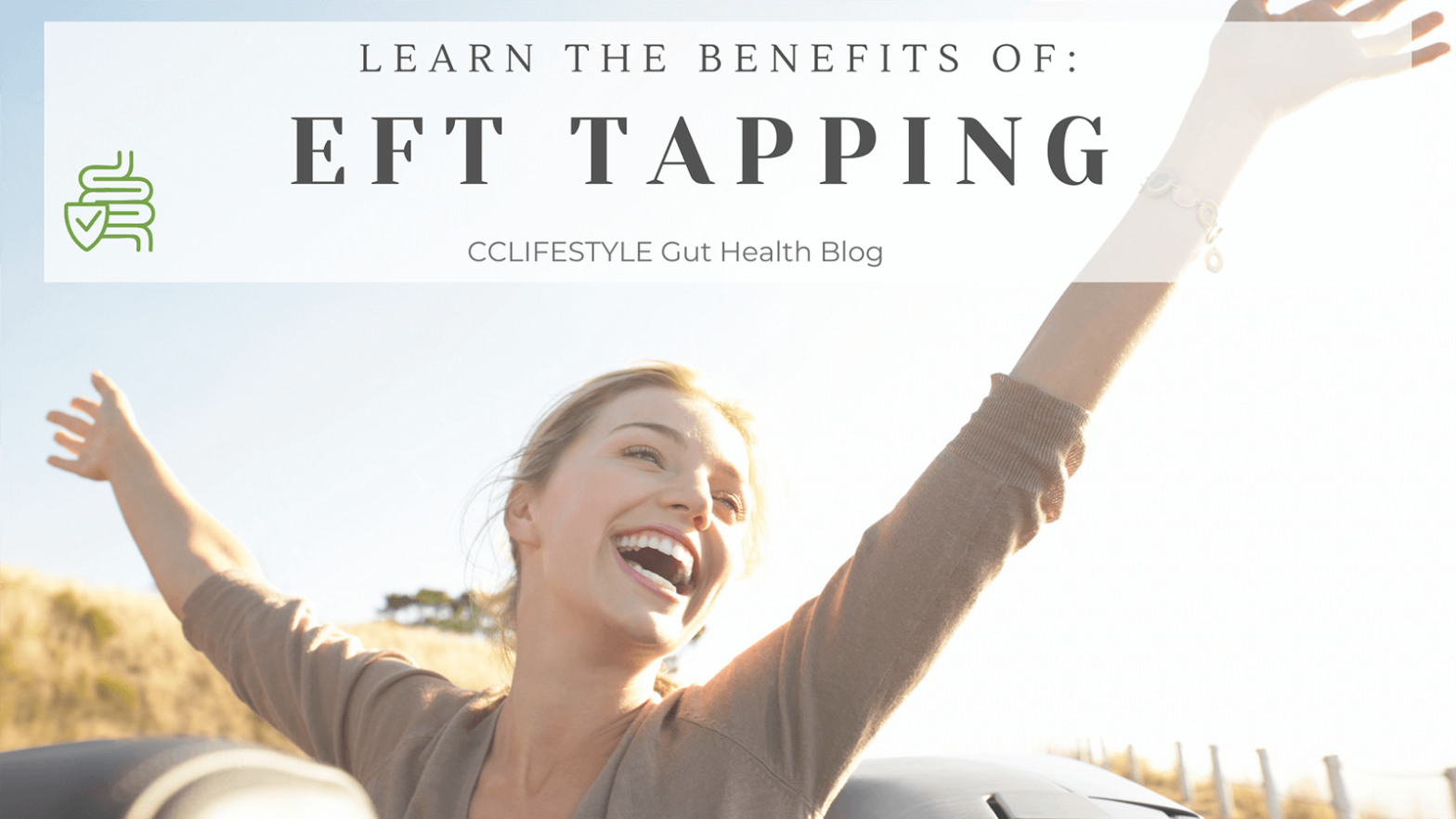
Have you heard of EFT TAPPING? How does it affect gut health? And how can one incorporate it into their gut health journey? In this post, we will discuss all the benefits of doing EFT tapping and how it comes into play! Let us at Crohn’s & Colitis Lifestyle offer our tips on EFT!

What is quercetin? How does it assist with gut health? In this post, we will discuss all the benefits of using quercetin and how you can use it! Let us at Crohn’s & Colitis Lifestyle offer our tips on this awesome supplement!
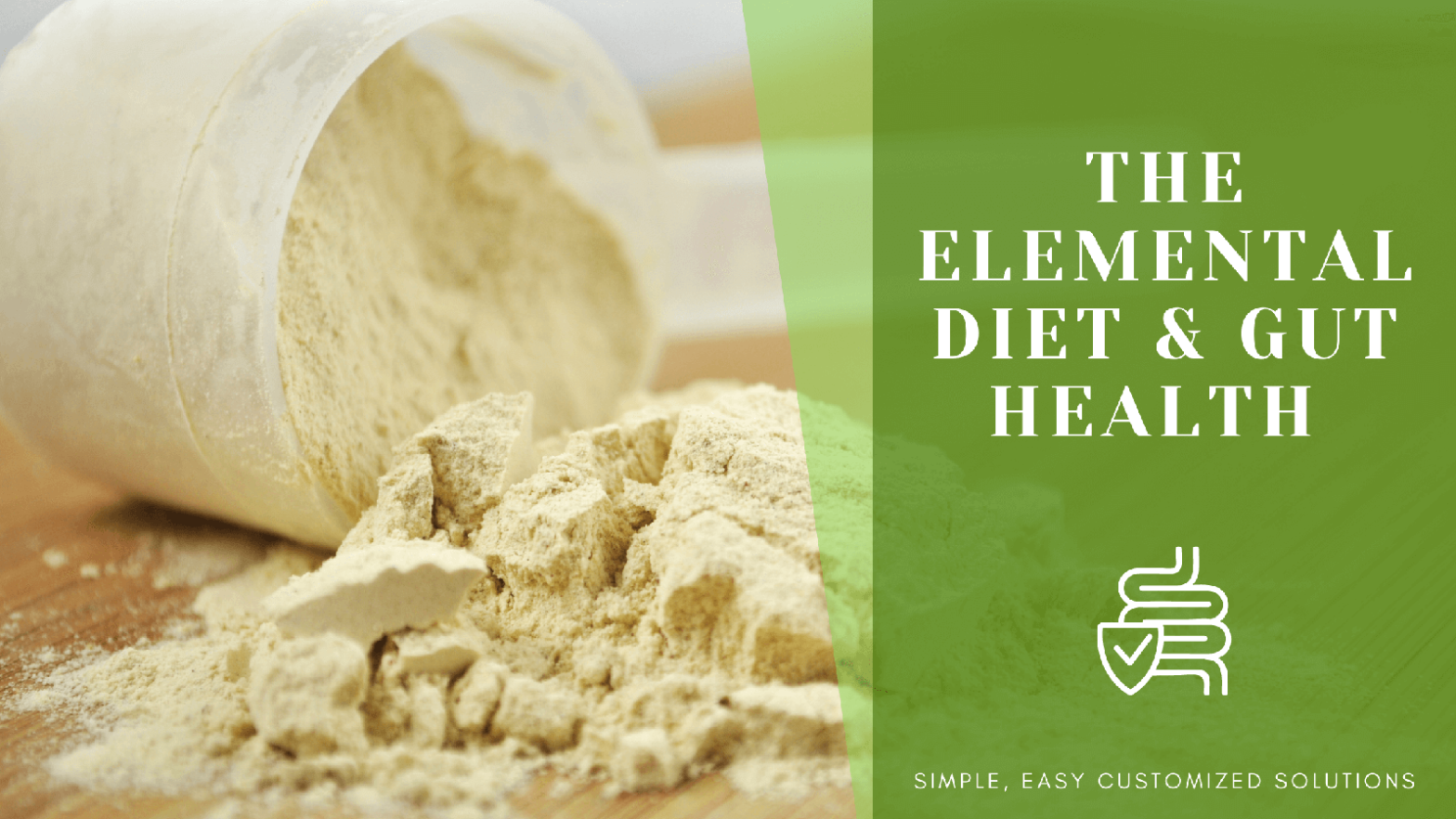
What is an elemental diet? How does it assist with gut health? And how does Absorb Plus help with this process? In this post, we will discuss all the benefits of doing this diet and how Absorb Plus comes into play! Let us at Crohn’s & Colitis Lifestyle offer our tips on this awesome diet!

You may not be familiar with N-ACETYL CYSTEINE (NAC.) It’s a product that often goes under the radar, but in no way does that imply the impact it has on health! NAC is a powerful antioxidant that has been known to assist with some diseases as well as gut restrictions/issues. Let us at Crohn’s & Colitis Lifestyle share all we know with you NAC.
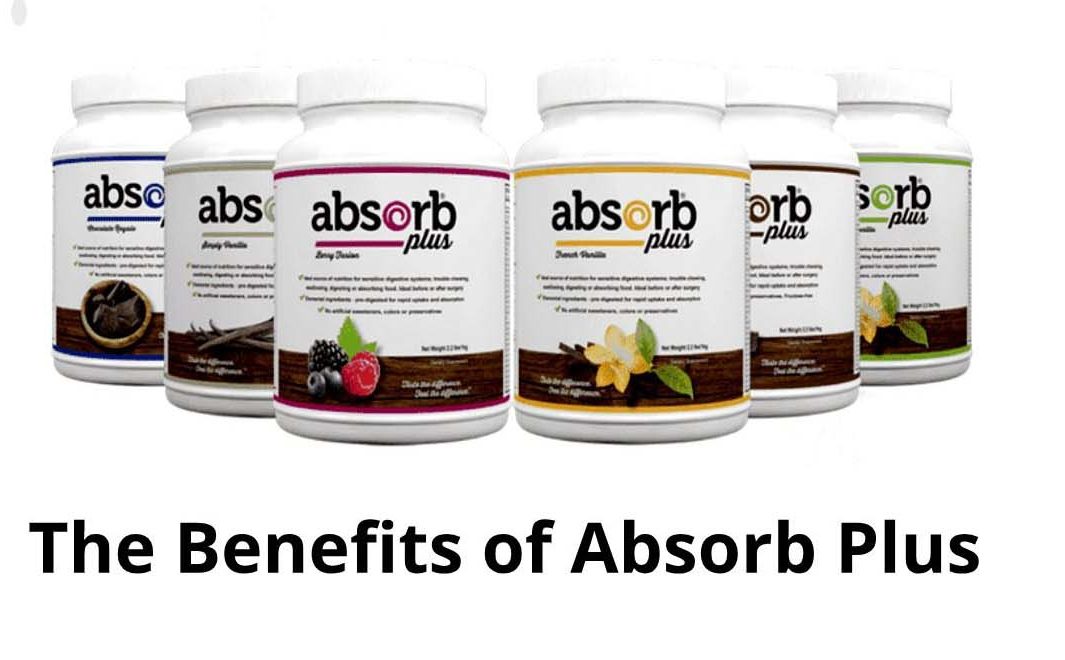
We’ve all tried a million protein shakes which at times, seemingly made Crohn’s and Colitis worse! Time and time again, the universe proves you can’t put health in a bottle…
One Crohn’s/Colitis warrior might have come up with the closest recipe yet to a healing nutritionist shake. Jini Patel Thompson, founder ofListenToYourGut, created a meal replacement shake with the sole purpose of reversing symptoms from IBD.
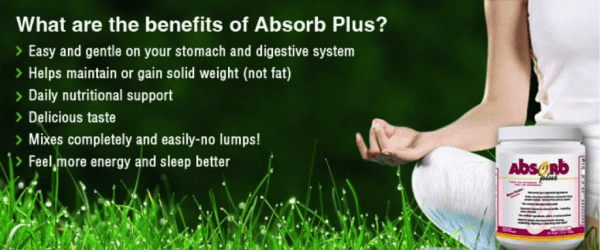
Absorb Plus might be the answer to our inability to eat whole foods during a flare or even as a way to maintain our good health without negative effects. Absorb Plus is a predigested elemental mixture that allows for quick and effective absorption without causing an inflammatory response like most foods or shakes on the market. This shake is Gluten Free, Soy Free, 99% Casein/Lactose Free and has no artificial flavors or sweeteners. Not only can it be instrumental in the healing process but many have reported they have been able to gain up to 40 lbs of lean weight using Absorb Plus! Both Jini, Dane and thousands of others have utilized Absorb Plus successfully to reduce flares, add a quick alternative meal, increase options while traveling and sustain energy through life’s stressful times.
Absorb Plus is a great resource for getting all the nutrition you need while keeping your stomach at ease – this healing shake is able to enter the bloodstream within 15-20 minutes because of its predigested nature. This is especially important for us with compromised digestion.
It’s gluten free, lectin free, non-GMO, high in vitamins/minerals, complete profile of amino acids, and extremely carbohydrate dense. The density of carbs comes from Tapioca (cassava root) Maltodextrin which provides the fuel we desperately need to regain energy and weight.
Although Maltodextrin has faced some negative publicity, it is the safest and most effective way to increase weight/energy without a negative side effect for us with IBD. Absorb Plus is also made with Whey Isolate which many of us have been worried about – as we know Diary is a “STOP SIGN” for most.
The Whey Isolate found in Absorb Plus is a form of Whey which has had the Casein and Lactose removed – the sugar and protein component that many of us are unable to digest in milk. Due to this procedure and the quality of whey isolate utilized (cold-extracted), it is highly unlikely you will have negative effects from Absorb Plus. Unless you have an extreme allergy to dairy – this should be an effective substitute to gain weight, add complete amino acid profile and eliminate inflammatory responses.
If you absolutely cannot tolerate dairy, there are Vegan Kits you can buy to mix together your own shakes and Jini is currently formulating a vegan version of Absorb Plus.
Jini decided not to put any kinds of fats in the Absorb Plus due to the hardships many of us face digesting fats. Rest assured if you have any issues with digesting fats this product is free of any – we recommend adding Cold Pressed Udo’s Oil to this healing shake once you feel you can absorb fats. This plant based omega is extremely gentle and nourishing.
Absorb Plus is an healing shake that surprisingly has a great taste – we love the Berry Fusion & Chocolate most 😉 It comes in six different flavors – French Vanilla, Unsweetened Vanilla (cleanest version), Chocolate Royale, Berry Fusion, Simply Vanilla, and Simply Chocolate. There really is something for everyone and perfect flavors for mixing in different ingredients for smoothies!
So we briefly touched on the nutritional benefits above but let’s dig a bit deeper…
When in a flare eating “normal foods” can sound absolutely terrible. Depending on how severe the flare is you might be staying away from non-liquid foods altogether. Your body needs roughly 2,000 calories a day to stay healthy and functioning. Your personalized S.H.I.E.L.Dplan will contain many options including diet, supplements, herbs and so forth… Absorb Plus is part of a strong healing program but it’s not the whole kit and caboodle 😉 .
Each flavor has between 360-370 calories per serving and it’s recommended that you add ingredients yourself to the shake, so roughly you only need about 4 shakes a day to meet your calories depending on the ingredients you include. These shakes have all the vitamins, minerals, and nutrition you need to keep your body happy and healthy during a flare – if you’re considering a full elemental diet, we recommend you work with your health care practitioner.
If you just have increased symptoms, or like to keep a consistent breakfast, this is also a great option to start your day with something easy and safe.
If you are using Absorb Plus as your tool for an elemental liquid diet, expect more loose a liquid bowel movements. This is not necessarily a bad reaction, this is still very healing for your body but when consuming nothing but liquids, be sure you understand what to expect 🙂 Any signs of Diarrhea or watery stools will decrease as you add more solids into your diet and healing is accomplished.
Absorb Plus is made to the highest quality which takes a few extra bucks to make, expect each tub to cost roughly $67 with a free tub when 6 or more are bought. We recommend getting more upfront so that you do not have days where you have run out. Many of Dane’s clients have run into this problem when this shake was the most helpful part of their program – don’t make this mistake if you’re relying on Absorb for getting you past a flare, especially if you live outside of North America.
Shipping and Handling can be very expensive outside of the U.S. & Canada. We recommend you have it shipped to a family member who can then ship to you if you are in Asia, Africa, China, etc… Absorb plus is not yet sold in stores or manufactured worldwide due to the complexity of their product (42 different ingredients!). Distributing a quality product around the world is a problem in today’s market.
So you have the powder and a blender and you’re ready to add in other ingredients! Remember, we recommend you try just the shake, then with Udo’s oil, then slowly add in other foods into the shake to assure your bodies ability to properly digest. As far as what is easy on the body, Dane has made a YouTube video demonstrating a variety of foods you can add to your shakes HERE. A few key ingredients that are easy on the stomach are avocados and bananas. He also provides some great information about how different foods benefit the body and why.
Making the shakes may be a bit of a trial and error process for some. When trying out the shakes make sure to keep positive mind set when trying new recipes. A healing mindset and focusing on solution rather than current adversities is the true key to healing. There is no magic turn-key system for everyone in the world so take your time, be patient and work hard!
Here are some key take away points from this blog for your reference:
Benefits of Absorb Plus:
(Consult health care physician for personalized protocol) Risks of Protein Shakes:
Lowering Risk of Protein Powders
There are clear benefits of using the right Healing Shake for dealing with IBD. It can be an extremely powerful tool when used properly. I highly recommend you work with a Health Care Practitioner to build your protocol. My gut tells me you going to see great results!
In order to mitigate a reaction and symptoms, follow our four secrets!
You can find all of the products mentioned in our CCLIFESTYLE shop at discounted rates with the First10 – 10$ discount code!
P.S If you sign up for our newsletter you can receive a 10% discount code for EVERY order!
Before using any of the products or trying any of the treatments mentioned please consult with your doctor, as this is not medical advice and should not be used without medical supervision.

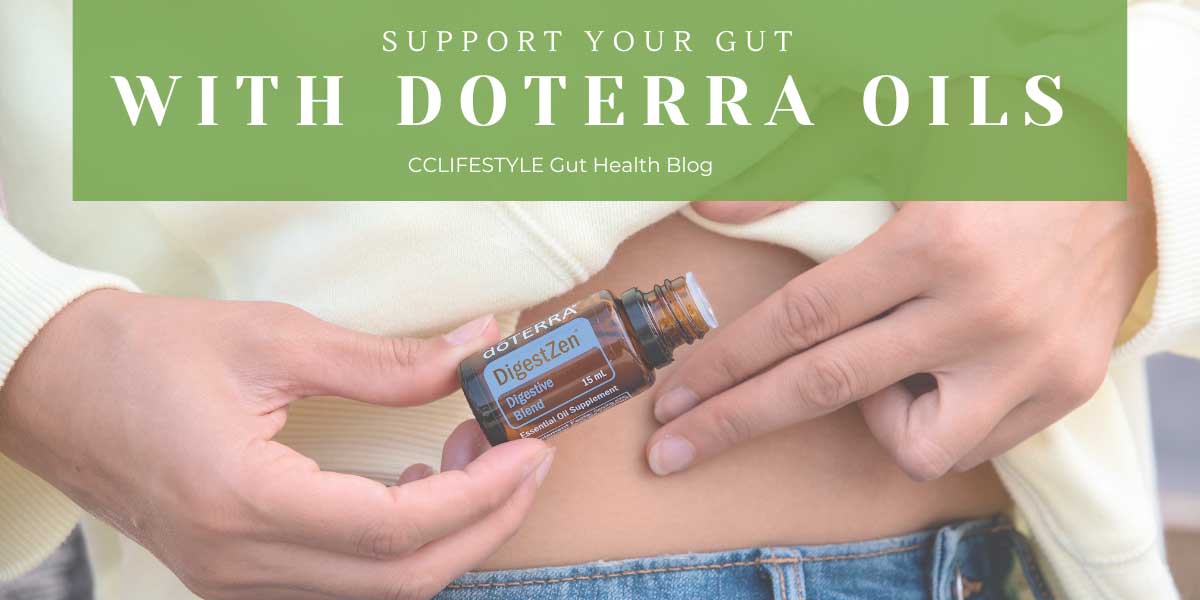



Do you struggle with toxicity? Or need to shift the microbiome? In this post, we want to discuss Wild Oil of Oregano and the benefits it offers for the body. Let us at Crohn’s & Colitis Lifestyle share all we know with you on WOO.

When it comes to maintaining good gut health, many individuals turn to natural remedies for support. One such option that has gained significant popularity is the use of doTERRA essential oils. With their powerful properties and potential benefits, doTERRA oils have become a go-to choice for individuals seeking relief from gut-related conditions like Crohn’s disease and colitis.

In this blog, we want to offer you a creative way to “spice up” your gut-friendly recipe toolkit! This is a smooth, tummy-friendly recipe that can be catered to your diet specifications.
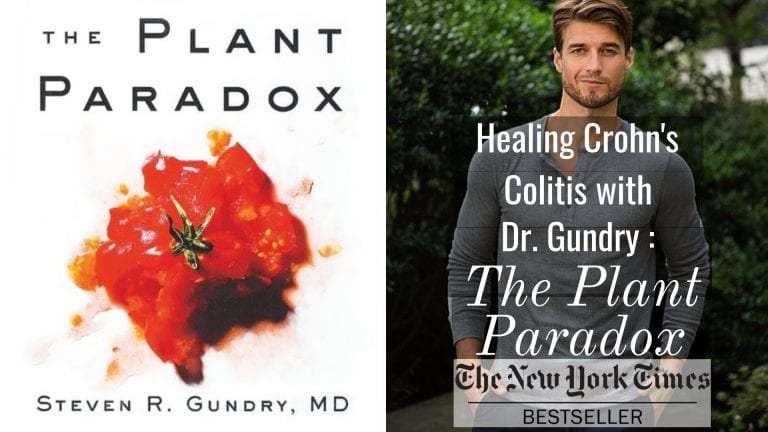
SCD. AIP. GAPS. These 3 diets are considered the “Big 3” when it comes to healing the gut. They remove common offending foods and promote intestinal healing with nourishing foods like bone broth, wild caught meat, and an assortment of fruits and vegetables.
But not everyone gets better on these diets. And for a long time practitioners couldn’t understand why.
Enter Dr. Steven Gundry. A famed cardiac surgeon and founder of the Center for Restorative Medicine in California, Dr. Gundry may have just provided the missing piece. In his book, The Plant Paradox, he discusses how some of the “healthiest” foods can actually be the root cause of many chronic illnesses, including inflammatory bowel disease. Foods like tomatoes, peppers, beans, and even certain fruits and squashes can cause inflammation throughout the body. It is the inclusion of these foods, says Dr. Gundry, that has helped cause a massive wave of autoimmunity, especially in the Western world.

Furthermore, Dr. Gundry states:
“Even when organically raised, certain lectin-heavy foods are the cause of so-called autoimmune diseases, while lectin avoidance in my patients and as reported in scientific literature has been found to cure autoimmune disease.”
Cure autoimmune disease? Just from removing lectins? What in the world are lectins? Founder of CrohnsColitisLifestyle, Dane Johnson, helps us learn the answers to these questions and more in his interview with Dr. Gundry. Read on as we take a dive into the subtle battles between plants and animals.
So what are lectins?
Lectins are a type of protein in the skin, seeds, rinds and leaves of plants that bind to certain sugar molecules when consumed by an animal (including us humans!). They are found in grains, legumes, nightshade vegetables, squashes, and even certain fruits. Interestingly, they are also found in dairy products like milk.
When lectins bind to molecules in the body, this sets off an inflammatory reaction via multiple mechanisms. Plants do this to protect themselves. They are, as Dr. Gundry states in his interview with Dane, “chemists of incredible ability.”
Currently, on the market, there is a product called Charlotte’s Web which was created by the Stanley brothers. Their product is sohigh in CBD that if you were drug tested no traces of marijuana would show up in your system. It can be sold anywhere as an anti-inflammatory and could be a product that you should look into!Just like all forms of life, plants want to live long enough to reproduce and carry on their genetic information. If an animal is ravaging a given plant, devouring its leaves and its “babies”, the future of the plant is in threat. Thus, plants have come up with creative strategies to get around this by inflaming the animals that eat them. Plants make animals sick via multiple mechanisms. They can do this acutely – think about what happens to people who eat uncooked beans. They can become violently ill, and many have even died. Or, it can occur more subtly, by slowly inducing autoimmunity. The three main ways are:
1. Causing intestinal permeability
2. Disrupting cellular communication
3. Molecular mimicry.
Understanding these three pathways (especially 1 and 3), says Gundry, is the key to grasping the autoimmune process. When a high-lectin food (like a tomato, for instance) is consumed, it can cause a small amount of “leakiness” in the gut wall. Over time, with repeated exposure to the food, this can lead to undigested particles of the food to enter the bloodstream.
This by itself is a bad thing.
When undigested food particles enter the bloodstream, the immune system goes on high alert and sends out the Armed Forces to investigate the situation and take out the “intruder.” They do this via the release of antibodies. The antibodies bind to the tomato proteins, either destroy them or neutralize them, and allow the body to get rid of them. Repeated exposure to the food causes the immune system to remain on high alert.
This results in chronic inflammation and swelling in the intestinal tract, which sets the stage for digestive problems.
But, as Gundry says, plants are more devious than just opening the gut wall:
“The most dangerous trick pulled by lectins, which I now see on a daily basis in my patients is that they bear an uncanny similarity to the proteins on many of our important organs, nerves, and joints.”
This is known as “molecular mimicry”, and it’s often how the autoimmune process begins.
When the Armed Forces are stuck on “high alert”, the immune system can start attacking proteins in the body that look similar to the lectins. One way to picture this is to think of a jumpy, overactive gunman in a battle. Let’s say the enemy was wearing red jackets. Now picture the gunman is fighting in the middle of a hurricane and he’s overwhelmed by the opposing (red coated) troops. Blinded by the wind and rain (inflammation), and fearing that the enemy is about to take over, he starts shooting his gun wildly at anything that looks similar to a red jacket. Anything with red in it becomes collateral damage, and other things are destroyed in the process.
This is what can occur in the body.
One classic example is with gluten and certain patients with Hashimoto’s thyroid disease. For some patients with thyroid disease, the body mistakes the thyroid gland for gluten due to, you guessed it, molecular mimicry. The molecules of gluten (an extremely common lectin found in wheat, rye, and barley) can mimic the molecules of the thyroid gland, and an overactive immune system can have trouble telling the difference. The collateral damage in this case is a slow destruction of the thyroid gland and subsequent loss of thyroid function.
Another common case is patients with autoimmune arthritis. For these patients the lectins in the nightshade family of vegetables can mimic the tissue of the joints. Removal of nightshades (tomatoes, eggplant, peppers, potatoes, goji berries) from the diet can help tame the immune system and restore what’s known as “immune tolerance,” the ability for the immune system to accurately distinguish friend from foe and tolerate its own tissues.
Celiac disease is another autoimmune condition with ties to molecular mimicry, and this also is caused by the pesky lectin in wheat, rye, and barley: gluten. Because of this propensity to cause trouble in the GI tract, Dr. Gundry advises IBD patients to keep gluten off the menu.
Alright! So that was the summary on how lectins in the diet can cause inflammation and contribute to autoimmune disease. But what in the world should a Crohn’s/Colitis patient do about it? Does this mean every IBD patient should never eat tomatoes or eggplant again? Now that we understand how foods can stimulate inflammation in the body, let’s see what we can do about it!
It’s important to note that Dr. Gundry does make a point in his book that perhaps we shouldn’t try to eliminate all lectins in the diet. That would be a massive undertaking and would severely limit our food choices. Moreover, he discusses that lectins, in small doses, can have what’s known as a “hormetic” effect. This is where a stress on the body in small doses can actually produce a net benefit. Think exercise, cold showers, and sauna use. In small to moderate doses, these can be incredibly healing practices. Exercising for 5 or 6 hours every day for years on end, however, would be harmful, especially to a body that is trying to heal. This is why the standard American diet is so harsh on the intestines; most people eat wheat (a very high lectin food) 2-3 times a day (cereal for breakfast, sandwich for lunch, pasta for dinner).
So what can a Crohn’s/Colitis patient do to limit the harmful effects of lectins in his or her diet?
1. First, be very careful with skins and seeds. Most plants store their lectins in the skins and seeds, with nightshades and squashes being the most common examples. It’s advisable to peel the skin of any nightshade vegetable (tomato, eggplant, pepper, and potato) and squash, and when possible, remove all seeds before consuming. This would also include vegetables like cucumbers, too. (Note: sweet potatoes are a different plant than normal potatoes and are exempt from this). For patients with active moderate to severe disease, Gundry says it is advisable to avoid the nightshades and squashes completely for a period of time, if not forever.
2. Avoid all grains and “pseudo-grains”, aside from millet and sorghum. Dr. Gundry describes the grain family as the worst of the lectin offenders. This includes not just the gluten containing grains, but also oats, corn, rice, quinoa, buckwheat, and others. Not only do these grains cause inflammation in the gut, but they also can “cross-react” with gluten itself and cause worsened intestinal permeability in patients with gluten sensitivity. This means if you have gluten sensitivity, or the most severe form of this called celiac disease, you can have the same reaction in the body as if you were eating gluten when you eat other grains! Dr. Gundry says that millet and sorghum are two types of grains that don’t contain lectins, so these are safe to eat. Moreover, if your health has been in a good place, and you want to start reintroducing some grains, avoid the whole grains. Stick to white rice, particularly white basmati rice. A good bread to try would be organic artisan sourdough bread as this already has the bulk of the lectins predigested. Moreover, Gundry notes that many people who travel to Europe can tolerate grains much better than in the United States. There are multiple reasons for this, but the most likely reason involves the healthier farming practices that are mandated by the government. Less pesticides sprayed on the food = happier gut for you.
3. Avoid all legumes. This includes beans of all types, peas, cashews, and peanuts. Dr. Gundry cites numerous anecdotes of patients who drastically improved after removing the legume family. He also describes multiple scenarios where patients reintroduced legumes and had abrupt flare ups. Note: There is one safe way to consume legumes, which takes us to the fourth tip:
4. Buy and use a pressure cooker! Pressure cookers, such as the Instant Pot, remove all lectins from foods aside from those found in the gluten-containing grain family. But for beans, nightshades, non-gluten grains, and squashes pressure cooking is a fantastic way to reduce and even eliminate the lectin content. It’s still recommended to peel the skin and remove the seeds when possible. Soaking and sprouting grains or legumes whenever possible is also a plus, as this helps make them more easily digested. Dr. Gundry notes that the Eden Foods brand pressure cooks all of their beans before selling them. This means the lectins are already destroyed!
5. If choosing to consume dairy products, only consume those from grass-fed cows with A-2 casein (or sheep/dairy products). This includes the breed of cow known as the Jersey cow. Conventional dairy products are made from cows of different breeds which includes a highly gut-busting lectin known as A-1 casein. Much of the time the gastric distress that is caused by dairy is from the casein A-1 (lectin) and not the lactose (sugar). This is why many people still suffer from GI upset when switching to lactose-free milk. It is important to note that goat and sheep dairy products are naturally A-2 casein so these are considered low-lectin options. The best way to find out if the dairy products you are consuming are coming from Jersey breed cows is to buy local and ask the farmer what kind of breed they have. And remember, grass-fed is always better than grain-fed because, as Dr. Gundry says: “You are not just what you eat. You are what the thing you are eating, ate.” What he means in that tongue-twister is that if a cow is eating genetically modified grain products, then some of those lectins (and the pesticides sprayed on them) will end up in you!
6. Eat fruit only in season. This helps to keep the lectin content low and helps limit our intake of fructose, which can cause inflammation in susceptible patients. Gundry says there are 3 fruits that are on the menu more long-term as long as they are eaten when still green: bananas/plantains, mangoes, and papayas. Not only are they lower in sugar when still green, but also contain some resistant starch which helps to feed our good gut bacteria. The one fruit of notable exception is the avocado, which Dr. Gundry describes as “our dear friend.” The avocado is high in healthy fats, low in sugar, and can be used in many different dishes. Eating this fruit is highly encouraged.
Lectins beware! Our Crohn’s/Colitis Lifestyle patients are now on the lookout! Armed with valuable information from The Plant Paradox and Dane Johnson’s interview with Dr. Steven Gundry, we have a new tool in the arsenal in defending against inflammation from our food. Just to recap what we learned:
Plants want to live long and happy lives just like every other form of life. Over millions of years they have developed protective strategies to ward off predators (us!) and one of their main strategies has been the development of lectin proteins in their skins, seeds, rinds, and leaves. These lectins often make animals sick, thus keeping the plant alive long enough to reproduce and spread its offspring. The foods with the highest lectin content include grains, legumes, nightshade vegetables, squashes, and certain fruits. Limiting our total lectin intake will help reduce inflammation in our guts. We can do this by pressure cooking legumes, nightshades, and squashes, sticking to white rice and other “white” grains that have the hull removed, eating only pasture-raised animal products that aren’t fed grains, and peeling and de-seeding vegetables before eating.
While this may seem like a lot at first, remember that everyone is individual. Tomatoes may cause GI distress in one person, while black beans may cause it in another. This book isn’t here to scare you into never eating your favorite foods again. Instead use it as a tool to help modify your diet into one that fits YOU best. In times of stress or flare-ups, going strictly low-lectin/lectin-free may help you navigate until the storm passes. Then, as the flare up passes, reincorporating some pressure-cooked beans or sprouted sourdough bread might work for you. There is no one size fits all approach, and remember to be kind to yourself through the process. We are in this together, and we are here to help at CrohnsColitisLifestyle.
In order to mitigate a reaction and symptoms, follow our four secrets!
You can find all of the products mentioned in our CCLIFESTYLE shop at discounted rates with the First10 – 10$ discount code!
P.S If you sign up for our newsletter you can receive a 10% discount code for EVERY order!
Before using any of the products or trying any of the treatments mentioned please consult with your doctor, as this is not medical advice and should not be used without medical supervision.





Do you struggle with toxicity? Or need to shift the microbiome? In this post, we want to discuss Wild Oil of Oregano and the benefits it offers for the body. Let us at Crohn’s & Colitis Lifestyle share all we know with you on WOO.

When it comes to maintaining good gut health, many individuals turn to natural remedies for support. One such option that has gained significant popularity is the use of doTERRA essential oils. With their powerful properties and potential benefits, doTERRA oils have become a go-to choice for individuals seeking relief from gut-related conditions like Crohn’s disease and colitis.

In this blog, we want to offer you a creative way to “spice up” your gut-friendly recipe toolkit! This is a smooth, tummy-friendly recipe that can be catered to your diet specifications.